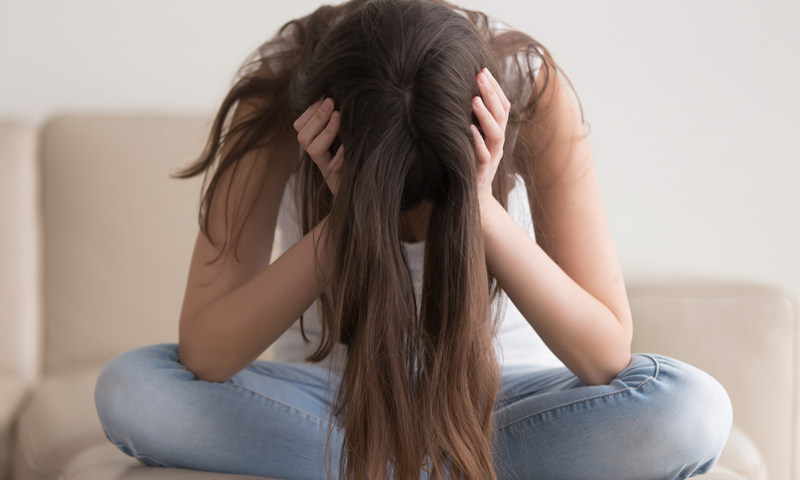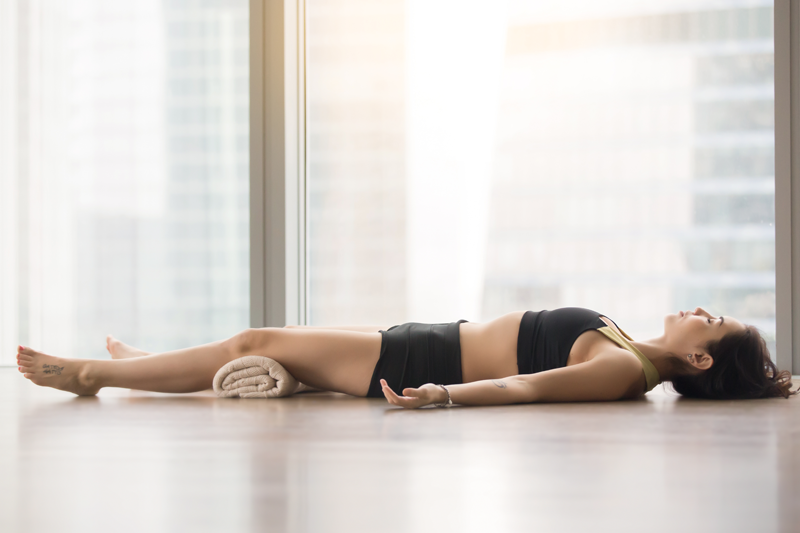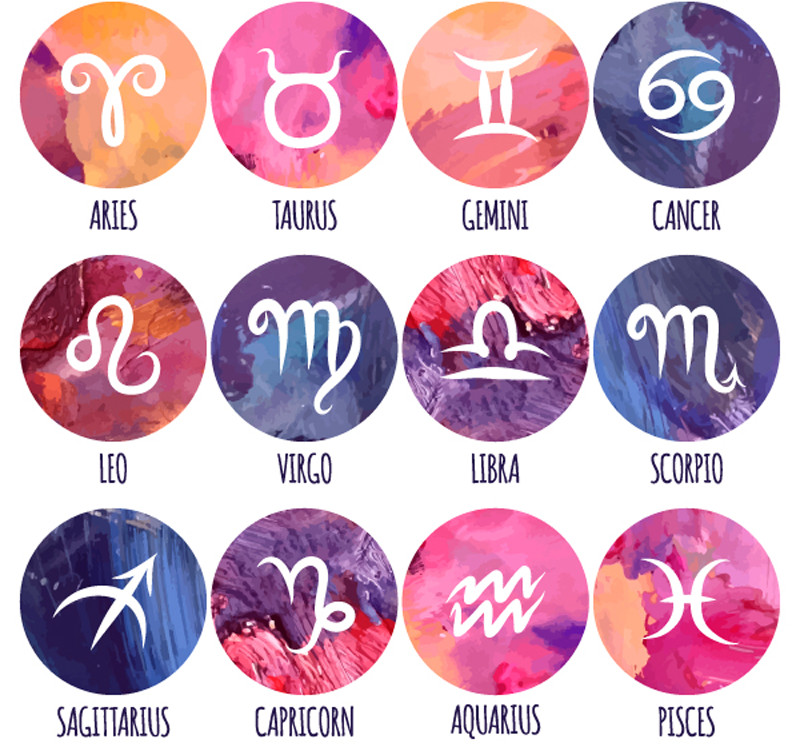
What is Ashtanga Yoga?
May 4, 2018
What is Restorative Yoga?
May 21, 2018Can Yoga Help with Depression?

If you are suffering from depression, your GP may advise you to participate in physical exercise. Although you want to take the advice of a healthcare professional, getting out of bed can seem hard enough, let alone enduring a strenuous workout session. Thankfully, though, the same benefits can be achieved through a low-intensity yoga session. Documented for decades, the therapeutic benefits of yoga can work wonders for depression. Additionally, the holistic practice provides you with the benefits of more rigorous exercise, too, such as the release of endorphins and dopamine. In this article, we explore yoga against depression in more detail. Before using yoga as a form of therapy, it’s important to pick up some suitable clothing. As we approach the summer months, it’s worth picking up a comfortable yoga cap – especially if you’re hoping to practice outside.
How Does Yoga Help Depression?
Lowers Cortisol Levels
While rigorous exercise has its benefits, many forms can increase cortisol levels. Often referred to as the ‘stress hormone’, a boost in cortisol levels can leave you feeling less than relaxed. Thankfully, yoga has the opposite effect. Taming the stress response, yoga primes the parasympathetic nervous system. Essentially, regular yoga practice can reduce the effects of the ‘fight or flight’ response which can leave you feeling tense, stressed, and anxious.
Additionally, yoga helps to control stress levels by promoting mindfulness. Helping practitioners to stay in the present moment, meditation is an effective treatment for depression. Meditating for just a few minutes each morning can lower your heart rate and blood pressure, allowing you to tackle the day feeling relaxed and revitalized.
Meet Supportive, Like-Minded Individuals
It’s no secret that depression can leave you feeling isolated and alone. Although exercise won’t be able to solve this completely, joining a yoga class can provide you with a caring community to help you through the tough times. Although not everybody in the group will be suffering from depression, everybody is there to better their emotional and physical health. Often, those suffering from a chronic illness will turn to yoga for help. Although each individual may have different symptoms, everybody understands what it’s like to be fighting for a better life. With this in mind, attending a local class can leave you with a group of compassionate, supportive, and understanding friends.
Increases Blood Flow
Although blood flow and depression aren’t directly related, increasing your blood-flow can lead to better physical and mental health. As blood flow is improved, oxygen delivery around the body is also better. This allows each of the organs to function optimally. When your body is functioning to the best of its ability, you should see an improvement in depression-related symptoms such as fatigue and muscle discomfort.
Leaves You Feeling Happier Instantly
Sometimes, it can take months to reap the benefits of exercise. However, the results of yoga are almost immediate. A single yoga session can lead to a boost in the brain’s Gamma-Aminobutyric levels (GABA). With higher GABA levels being associated with lower levels of depression, you can start to see results after just one class!

Yoga Poses for Depression
Forward Fold Pose
Forward Fold Pose works to improve blood flow. As mentioned previously, this can lead to a reduction in depression-related symptoms. When Forward Fold is released, fresh, oxygenated blood will be delivered to each of the organs.
To begin the pose, stand tall with your feet directly under your hips. Gently bend forward at the waist and begin to lower your upper body toward the floor. To minimize pressure on the lower back, remember to bend your knees throughout the posture. Next, grab your ankles and let your body hang naturally toward the floor. You are in Forward Fold Pose. Hold the asana for 30 seconds whilst breathing deeply.
Cobra Pose
Cobra Pose can also benefit those suffering from depression. To begin, lie down with your stomach touching the mat. Stretch your legs out behind you, keeping the tops of your feet on the floor. Next, place your hands flat on the ground, keeping them directly under your shoulders. Gently bring your elbows back into your body whilst pressing your lower body into the ground. When you are ready, straighten your arms and lift your chest off the floor. Finally, press your tailbone firmly into the ground and engage your glutes. You are in Cobra Pose. Hold the asana for around 30 seconds before releasing the backbend.
Bridge Pose
Categorised as a restorative asana, Bridge Pose can revitalize a tired body and mind. Additionally, the pos-ture also cleanses your system as fresh, oxygenated blood flows through the body.
To practice the asana, lie on your back with your knees bent. At this point, the soles of your feet should remain on the floor. Allow your arms to lay down by your sides. Tuck your chin into your chest and then lift your buttocks and back off the floor to create a bridge. You are in Bridge Pose. Hold for around 30 seconds before lowering your body back down to the ground.
In Summary
Whether you’re hoping to decrease your cortisol levels or meet likeminded individuals, yoga can be beneficial to those suffering from depression. When attending a new class, it’s worth taking your own equipment. Though the studio may provide communal gear, taking a personal yoga mat will avoid any disappointment.

